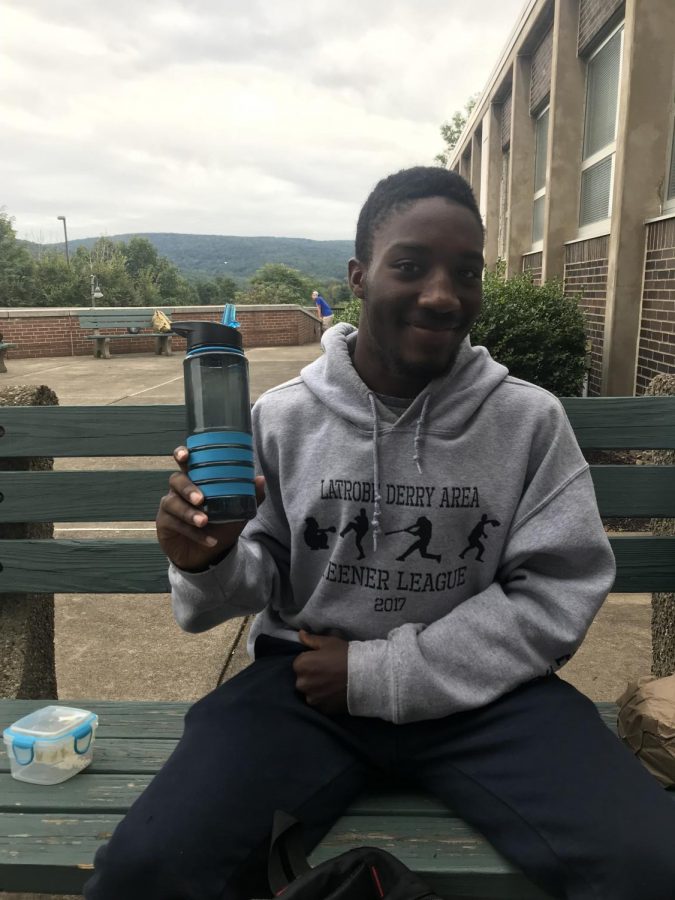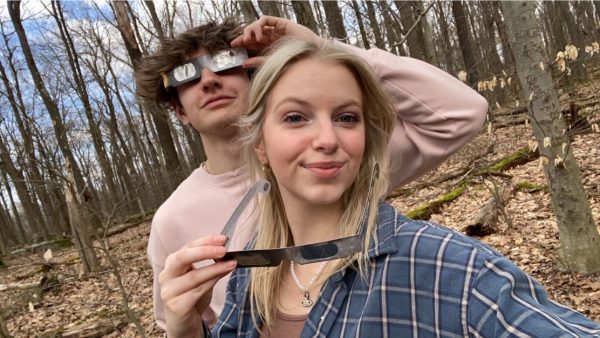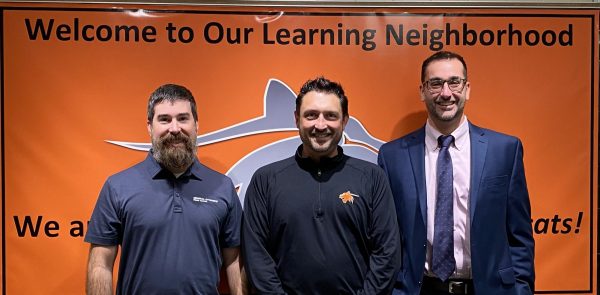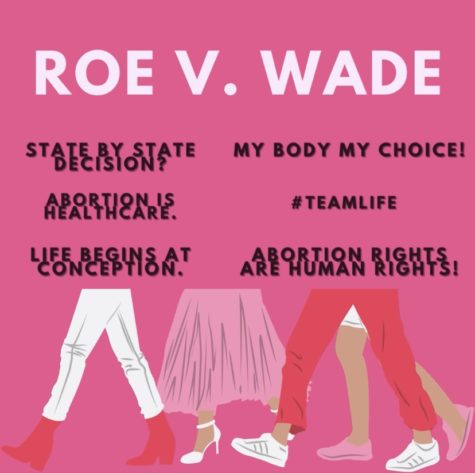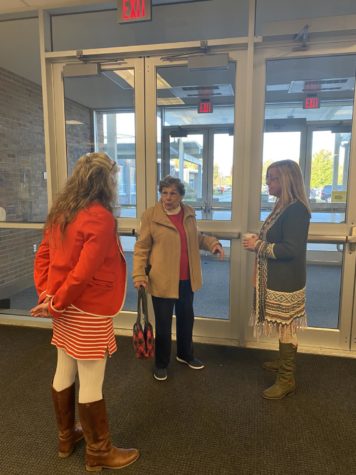Effects of Plastic Straws
In 2015, a video went viral with over 32 million views of two researchers taking ten minutes to remove a plastic straw from a sea turtle’s nostril. Blood was oozing out of the turtle’s nose as it sat in pain waiting for the straw to come out. The video garnered empathy from people realizing what plastic and especially plastic straws can do to sea creatures.
Straws used to be made out of paper, but are now manufactured out of a material called polypropylene plastic. Plastic is not biodegradable. Americans alone use five hundred million straws daily. It can take about five hundred years for plastic straws to decompose.
Plastic straws are lightweight objects that easily get disregarded and don’t always make it in the recycling bin. Small pieces of debris can accumulate. They have a tendency to end up in the ocean by people leaving them on the beach or being blown away. A statistic from NBCNews.com shows that by 2050 there will be more plastic straws than fish in the ocean.
Mrs. Macy Logan, the earth and environmental teacher at Greater Latrobe High School, said, “With the pollution problem in oceans, plastic straws have definitely gotten a lot of publicity.”
“Alternative solutions, like paper or metal straws are great if companies can afford the change,” said Logan. “Making straws out of an environmental-friendly material is more expensive, so companies would have to commit to it.” CNBC.com states that paper straws cost 10 times more to make than plastic straws. Paper straws cost two and a half cents while plastic ones cost half a cent.
As of September 20, 2018, California banned full-service restaurants to hand out plastic straws, unless customers ask for one. Miami Beach and Fort Myers Beach in Florida and Seattle, Washington passed ordinances that limit restaurants from using plastic straws.
Locally, The White Rabbit Cafe in Greensburg, Pennsylvania committed to only using paper straws. The White Rabbit has been open for five years now and has always used paper straws. They feel that even with the expense, it is absolutely worth it.
Logan influences students at Greater Latrobe High School to be actively making a difference in the environment. In Logan’s Capstone class two years ago, her students presented the idea of single stream recycle to the school board. Single stream recycle is where all plastics, metals, paper, and other containers can be recycled. Fortunately the school board approved of the idea and now the whole school district is single stream recyclable. Having single stream recycle is a tremendous step towards making the environment cleaner.
This year sophomore, Olivia Galando formed an environmental club called “The Green Team” that plans on making a compost bin, planting a native garden, building homes for wildlife like birdhouses, and participating in roadside cleanups.
“Plastic straws are useful for the disabled, but pollute the earth. We should use alternatives, like metal straws,” said Olivia Galando. “We have the technology to make eco-friendly straws, it’s just whether or not businesses are willing to pay the extra cost.”
Choosing to use environmental-friendly straws, perhaps in the Greater Latrobe School District, will be a step closer to an ocean without plastic straws.

Hey there! I’m Sydney and I am currently a sophomore. I have always attended Greater Latrobe and will graduate from here in two years. When I’m not...


